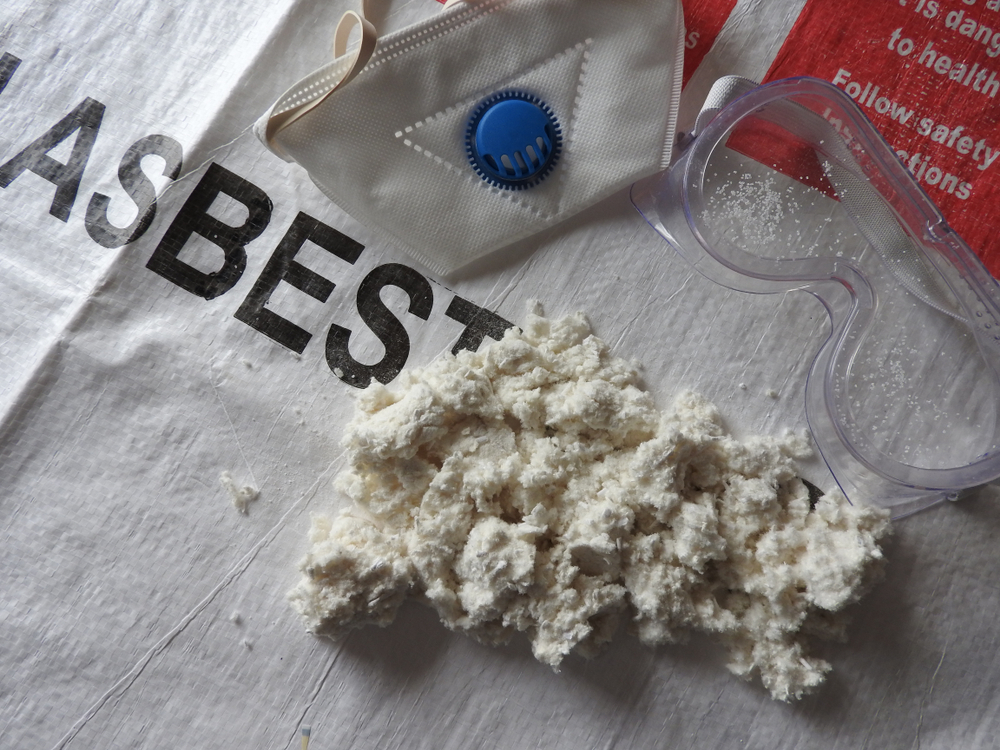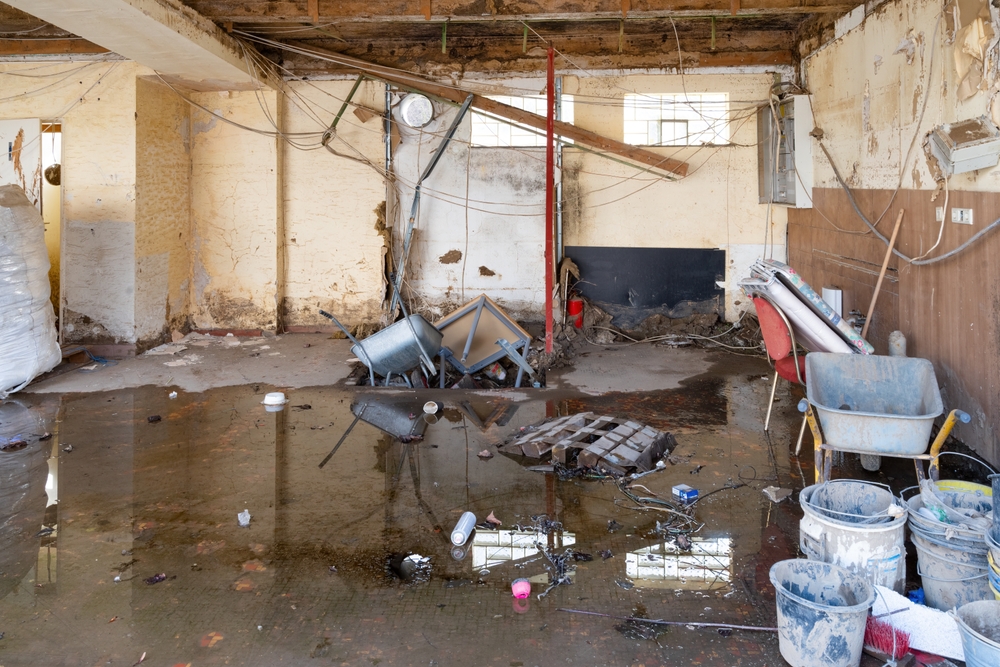As winter approaches and temperatures drop, many homeowners turn their attention indoors, planning upgrades and renovations they may have postponed during the warmer months. Winter is an ideal time for remodeling projects such as installing new flooring, updating bathrooms, or finishing basements. However, before swinging the first hammer or removing that old tile, it’s crucial
READ MOREBlog
Asbestos Removal vs. Encapsulation in Concord, NC: What’s Right for Your Property
Asbestos was once hailed as a miracle material for insulation, flooring, siding, and countless other applications. Its resistance to heat, fire, and corrosion made it a popular choice in construction throughout much of the 20th century. However, as health risks became evident, asbestos use was curtailed and eventually banned in many applications. When asbestos-containing materials
READ MORECost Guide: What to Expect When Budgeting for Asbestos Abatement in Concord, NC
Asbestos abatement is a critical process for homeowners and businesses in Concord, NC who discover this hazardous material in their properties. Once considered a miracle building material, asbestos was used for decades in insulation, flooring, ceilings, and siding. However, the health risks associated with asbestos exposure, such as lung cancer and mesothelioma, have made removal
READ MOREFire & Water Damage Remediation: Why Timely Action is Crucial
When disaster strikes, few events are as overwhelming as the aftermath of a fire or flood. For homeowners and businesses in Concord, CA, the clock starts ticking the moment damage occurs. Whether it’s fire damage remediation or water damage restoration, the difference between prompt action and delayed response can mean thousands of dollars in savings,
READ MOREWhat to Do Immediately After Water Damage in Concord, CA — A Homeowner’s Guide
Water damage can strike unexpectedly, turning your peaceful Concord, CA home into a source of stress and costly repairs. Whether caused by flooding, burst pipes, a leaking roof, or faulty appliances, the impact of water damage can be swift and devastating. Knowing what to do after water damage, Concord homeowners, can be the difference between
READ MORE




